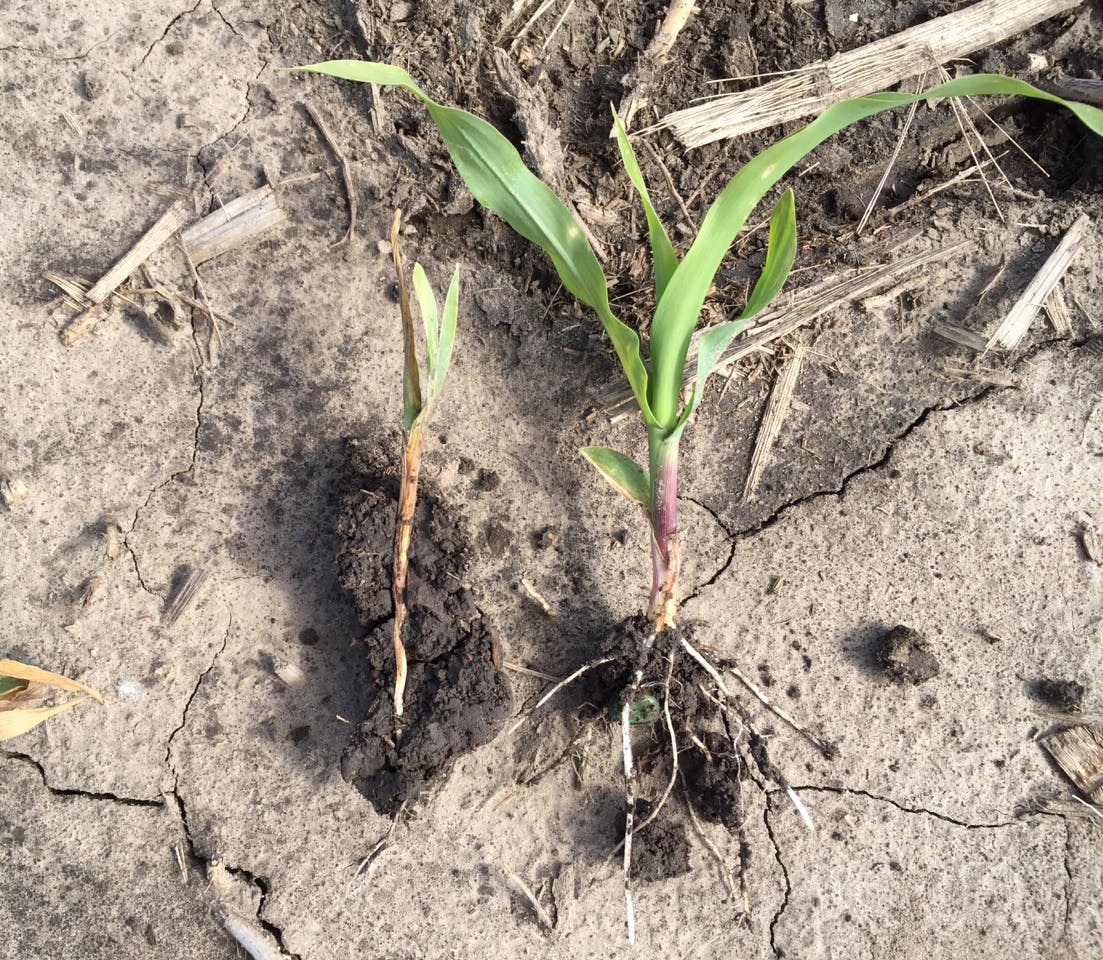
Understanding Seedling Diseases in Corn
Cool and wet soil conditions, often resulting from repeated rainfall events, can lead to the development of seedling diseases in corn. This article delves into the causes, symptoms, and management strategies for these diseases, which can significantly impact plant health and stand establishment.
Causes of Seedling Diseases
Seedling diseases in corn can be caused by various soilborne organisms, including Pythium, Fusarium, Rhizoctonia, and plant parasitic nematodes. These pathogens thrive in moist environments and are commonly found in fields with cool and wet soil conditions, especially after periods of heavy rain.
Symptoms and Diagnosis
Symptoms of seedling diseases include rotted seeds before germination, discolored seedlings after germination, post-emergence damping off, and root or hypocotyl decay. Diagnosing seedling diseases can be challenging due to their similarity to other issues like insect damage, herbicide effects, or environmental stresses. Microscopic examination and laboratory analyses are often necessary for accurate diagnosis.
Management Strategies
- Improved Drainage: Enhance field drainage to reduce moisture levels, which can help mitigate the severity of some seedling diseases.
- Optimal Planting Time: Delay planting until soil conditions are warmer, promoting faster seed germination and emergence.
- Seed Treatment Fungicides: Use seed treatment fungicides on corn seeds to protect against common seedling disease pathogens. Most seed corn is treated with multiple fungicides, sometimes including insecticides and nematicides.
- Crop Rotation: Rotate crops to reduce disease pressure, although some pathogens may also affect other crops like soybeans.
- In-Furrow Fungicides: Consider applying fungicides in-furrow at planting, especially in fields with severe pathogen pressure. However, further research is needed to assess their full benefits and economic viability.
- High-Quality Seed: Plant high-quality seeds at appropriate depths and soil conditions to support healthy plant growth and emergence.
While seed treatment fungicides provide initial protection, their efficacy diminishes after the first few weeks post-planting. Therefore, adopting a comprehensive approach that includes proper planting practices, fungicide use, and field management is crucial for minimizing seedling diseases and ensuring successful corn crop establishment.
Additional Information
Monitoring and Early Detection
Regular monitoring of seedling emergence and stand establishment is essential, particularly during wet weather conditions. Early detection of seedling diseases allows for prompt intervention, which can help mitigate potential losses and maintain crop health.
Disease Persistence and Environmental Factors
Some pathogens, such as Pythium, can persist in soil and infected plant debris for several years, making them a recurring threat in fields with a history of seedling diseases. Environmental factors like excessive moisture and cool temperatures create favorable conditions for disease development, highlighting the importance of proactive management strategies.
Research and Future Directions
Ongoing research efforts are focused on developing more effective fungicides, improving diagnostic tools, and exploring innovative disease management techniques. Collaborative initiatives between researchers, growers, and industry stakeholders play a vital role in advancing our understanding of seedling diseases and enhancing crop resilience.
